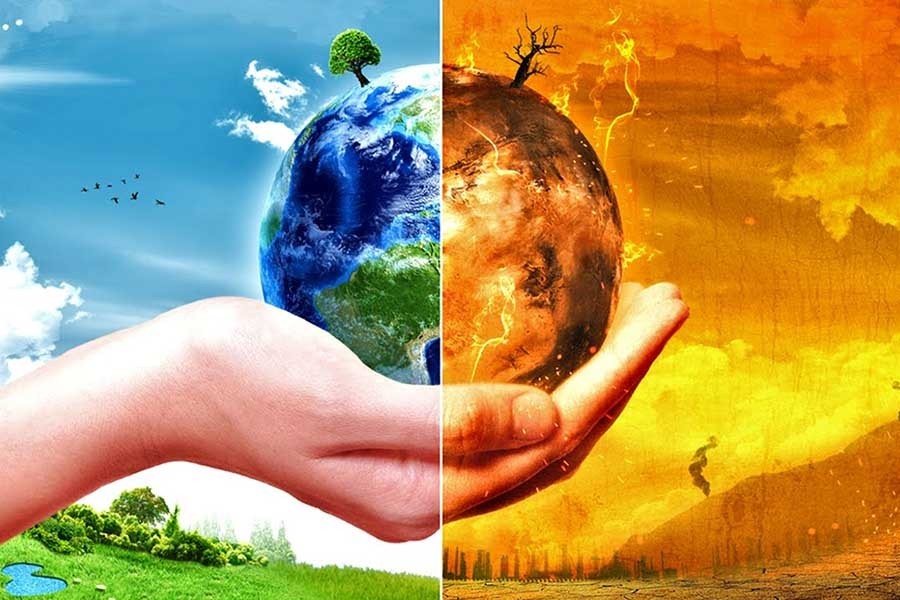The levels of greenhouse gases in the atmosphere, which are regarded as the main driver of climate change, have hit a new high. A warning from the United Nations (UN) on November 22, 2018 said that the time to act was running out fast. The top UN officials are trying to ring the alarm bells, ahead of the COP 24 climate summit in Poland this month. Governments from across the world are expected to join the summit to pledge efforts through which warming can be limited to less than two degrees celsius. The two degrees celsius limit was enshrined in the 2015 Paris accord.
As per the World Meteorological Organisation (WMO), without rapid cuts in CO2 and other greenhouse gases, climate change will have increasingly destructive and irreversible impacts on life on earth. The window of opportunity for action is almost closed. The Greenhouse Gas Bulletin, the United Nations weather agency's annual flagship report that has been tracking the content of dangerous gases in the atmosphere since 1750, covered data for 2017 this year. The report put the concentration of carbon dioxide (CO2) in the atmosphere at 405.5 parts per million (ppm). That is up from 403.3 ppm in 2016 and 400.1 ppm in 2015. The last time the earth experienced a comparable concentration of CO2 was three to five million years ago, when the temperature was warmer by 2 to 3 degrees celsius.
Researchers have reliable estimates of C02 concentrations rates going back 800,000 years using air bubbles preserved in ice in Greenland and Antarctica. But by studying fossilised material, the WMO also has rough CO2 estimates going back up to five million years. In addition to CO2, the UN agency also highlighted rising levels of methane, nitrous oxide and another powerful ozone depleting gas known as CFC-11 (Chlorofluorocarbon - 11). Emissions are the main factors that determine the amount of greenhouse gas levels. But concentration rates are a measure of what remains after a series of complex interactions between atmosphere, biosphere, lithosphere, cryosphere and the oceans. Roughly 25 per cent of all emissions are currently absorbed by the oceans and biosphere-a term that accounts for all ecosystems on Earth.
The United Nations' Intergovernmental Panel on Climate Change (IPCC) has said that in order to keep warming below 1.5 degrees celsius, net CO2 emissions must be at net zero level. This means that the amount of CO2 being pumped into the atmosphere must equal the amount being removed. This can be done either through natural absorption or technological innovation. WMO noted that CO2 remains in the atmosphere and oceans for hundreds of years. There is currently no magic wand to remove all the excess CO2 from the atmosphere.
Every fraction of a degree of global warming matters, and so does every part per million (ppm) of greenhouse gases. As per the United Nations, 17 of the 18 hottest years on record have occurred since 2001. And the cost of climate related disasters in 2017 topped US $500 billion (439 billion Euros). It is urgent now to tame the pace of climate change at the earliest.
It remains to be seen if these warning signs will be enough to move the world leaders towards taking definitive actions against climate change by cutting down on carbon dioxide emissions.
Sarwar Md. Saifullah Khaled is a retired Professor of Economics, BCS General Education Cadre.


